The United States Department of Justice handed down indictments on 13 Russians today, the most notable being Yevgeny Progozhin who managed the now infamous “Russian troll farms” in St Petersburg, Russia and is a known associate of Vladimir Putin — oligarchs have to stick together after all. For anyone who watched the Republican primaries that began in 2015, this is not surprising in the slightest. In fact, what is surprising is how so many failed to see it happening in real time.
Most observers point to the rise of current leader of the free world, Donald Trump, in July of 2015 as the moment the Russians arrived on American social media. This is not so. As the indictment stated, the farms go back all the way to 2014. Those farms were focused on the conflict in Ukraine and Syria at the time, but quickly pivoted to events in Ferguson, Missouri, when the death of Michael Brown came to dominate the media for months on end. And most would be happy to blame the Russians for planting the seeds of distrust between the American media and its consumer base, but the boring unfortunate truth is the media planted those seeds themselves.
What the Russians seized upon did not start with Trump and it wasn’t calculated — it is just who the Russians are and what they do. It is policy for Moscow: spread chaos. It started on October 19th, 2014 which was the night the New York Times released the Michael Brown autopsy at 10 pm on a Friday. That had nothing to do with the Russians, they just instinctually seized on the competing narrative. From that moment on, mistrust of the media grew and that’s the fractured point Moscow hammered. A year later, student activists would be physically removing accredited members of the media from protests on public property.
The movement that needed the media to get its message out turned on the very same media. Even now, if you were to go to the recent Stockley protests you’d hear claims of “CIA informants” and “COINTELPRO 2.0”. It’s easy to mock this as “woke” culture but this didn’t happen in a vacuum. These groups were targeted by people acting in the best interest of Russia.
Why is that the flashpoint that lingered? Because after the dust settled in Ferguson everyone was feeling lied to and used. Those feelings have a way of lingering with people and what lingered is what Trump tapped into. Trump doesn’t hit the scene until July of 2015, but it was immediately clear the media gave him way more coverage than anyone else. But after “hands up, don’t shoot” was shoved down America’s throat it didn’t matter because people were already tuning the media establishment out. This doesn’t suggest collusion on the media’s part but rather exactly what Russia understood about what made the media tick.
At the same time Russian trolls started to creep into the Republican primaries via the debates over Syria (as eastern Aleppo was being leveled) and Ukraine, they were also stirring chaos on the campus of the University of Missouri. This was so significant Lt. Col. Jared Prier wrote it up in the Strategic Studies Quarterly. Writing,
“In contrast to more traditional forms of cyberattack, cyber operations today target people within a society, influencing their beliefs as well as behaviors, and diminishing trust in the government. US adversaries now seek to control and exploit the trend mechanism on social media to harm US interests, discredit public and private institutions, and sow domestic strife.”
Chaos. This isn’t isolated to one group and it isn’t to aid Americans who seek to use the Russian narrative for their own personal wedge issue. The point is to spread chaos. The point is to make other groups fight inside the tent. It’s quite a simple and ingenious strategy. It’s a tactic in the “Great Game” as the British used to call it, but have no misgivings, these are attacks and hostile acts. Caleb Howe wrote, “It is something of a dirty public secret that the United States is routinely the target of cyberwarfare and acts against us that, to a traditional line of thinking, would be considered such overt acts of war as to precipitate a real world conflict. This is to say, acts that go above mere spying”. It’s unclear if troll farms are above or below spying. Time will tell.
And the worst part of it all is beating the Russian propaganda campaign is super easy. Countering cyberattacks is an immensely complicated task while countering actual attacks like the recent one in Syria near Deir ez Zor that left scores of pro-Assad militias dead are less complicated. Counter Russian propaganda efforts are fairly easy and require little to no funding. Treat your friends like friends. Neighbors like neighbors. And check the sources of anything you share. If you have time to talk about it on the internet you have time to check out where the story originated from. That’s it. A little effort and a lot of manners will go along way.
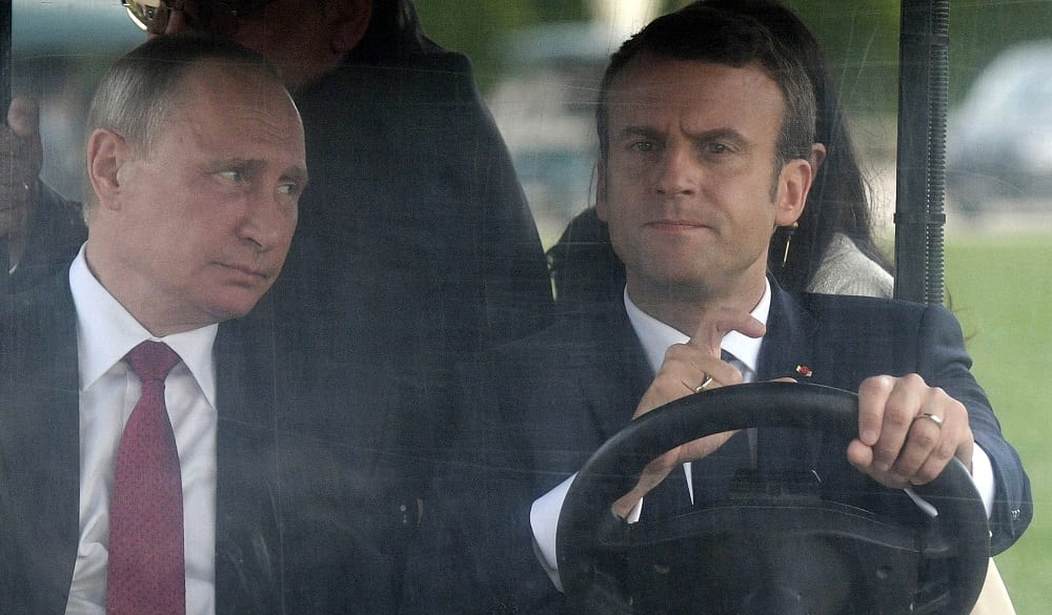
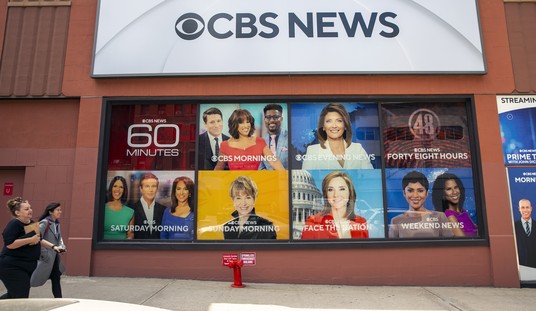

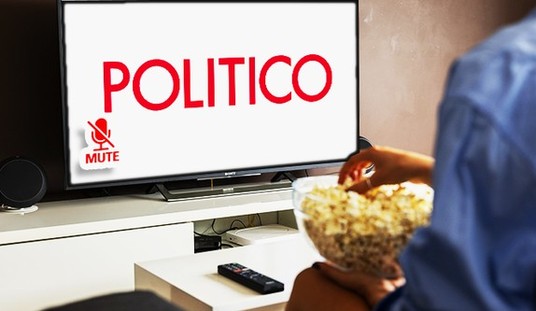


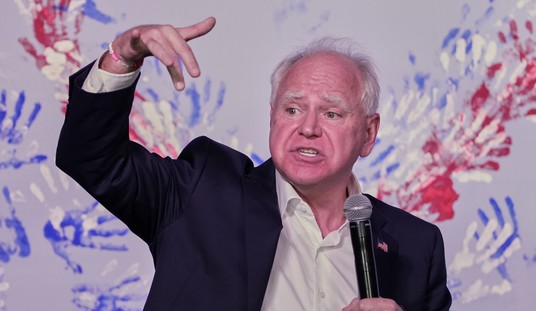


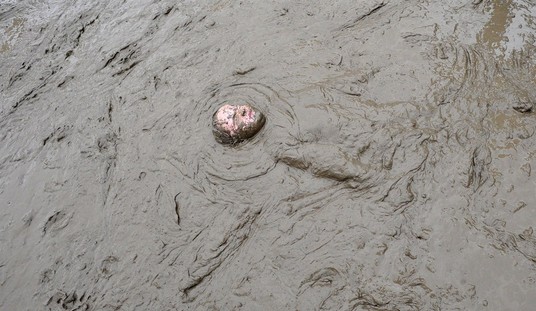

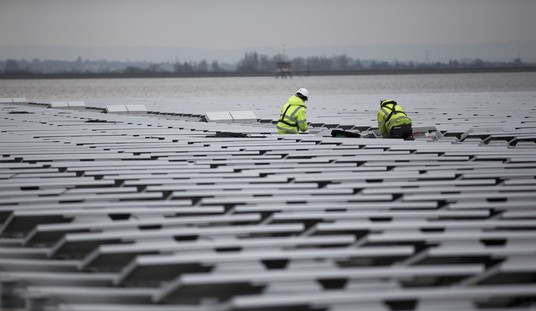
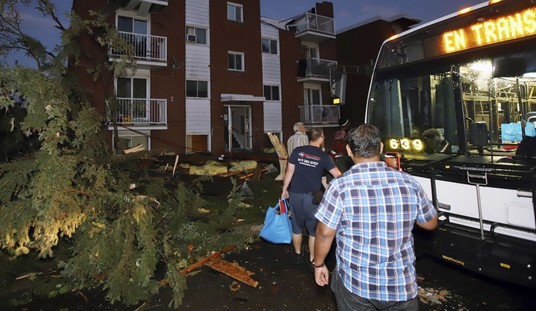
Join the conversation as a VIP Member